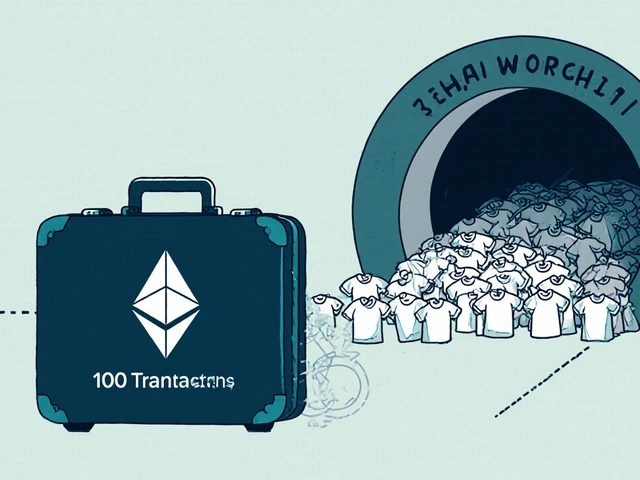Video Bitrate: What It Is and How to Pick the Right One
When you upload a clip, stream a movie, or edit footage, you’ll see the term "bitrate" everywhere. In simple terms, bitrate is the amount of data that’s sent every second while a video plays. Higher bitrate means more detail, but it also means bigger file sizes and more bandwidth. Knowing the sweet spot for your project saves you time, money, and headaches.
Why Bitrate Matters
Think of bitrate like the resolution of a painting. A high‑resolution canvas shows every brushstroke, while a low‑resolution one looks blocky. In video, a low bitrate can cause pixelation, especially during fast motion, and muffled audio. On the other hand, an unnecessarily high bitrate makes the file heavy, slows down streaming, and can cause buffering for viewers on slower connections.
Different platforms have their own recommendations. YouTube, for example, suggests 8 Mbps for 1080p 30 fps, but 12 Mbps for 1080p 60 fps. Netflix streams at 5 Mbps for standard HD and up to 25 Mbps for 4K HDR. Knowing these thresholds helps you match the right setting without over‑ or under‑doing it.
Tips for Setting the Right Bitrate
1. Know your resolution and frame rate. Higher resolution (4K vs 1080p) and faster frame rates (60 fps vs 30 fps) need more data. Use a bitrate calculator or follow platform guides to get a baseline.
2. Choose the right codec. Modern codecs like H.265 (HEVC) deliver the same quality at about half the bitrate of H.264. If your audience can handle HEVC, you’ll save a lot of space.
3. Test on your connection. Upload a short clip at a few different bitrates and watch it on the expected device. If it buffers or looks grainy, adjust up or down.
4. Keep audio in mind. Audio bitrate is often overlooked. For most speech, 128 kbps is fine; for music or cinematic sound, 256–320 kbps works better.
5. Use variable bitrate (VBR) when possible. VBR changes the data rate depending on scene complexity, giving you better quality without bloating the file.
Applying these tips to your workflow means you’ll spend less time fixing upload errors and more time creating content. Whether you’re editing a vlog, preparing a corporate explainer, or streaming a live event, the right bitrate keeps your video looking sharp and your viewers happy.
Got more questions about video tech? DigVid has guides on editing presets, streaming tips, and hardware choices that pair nicely with bitrate decisions. Dive into our articles to level up every part of your video production process.
22
How Much Data Does a 10‑Minute YouTube Video Use?
Find out exactly how many megabytes a 10‑minute YouTube video consumes, compare resolutions, and learn practical tips to keep your data in check.
Latest Posts
Popular Posts
-
 Third-Party Billing: How to Manage Subscriptions Through Apple and Google
Third-Party Billing: How to Manage Subscriptions Through Apple and Google
-
 Lord of the Rings: The Rings of Power on Prime Video - What to Know in 2025
Lord of the Rings: The Rings of Power on Prime Video - What to Know in 2025
-
 Data Management: DIT, Backups, and Archival Best Practices for Video Teams
Data Management: DIT, Backups, and Archival Best Practices for Video Teams
-
 Special Effects vs. Visual Effects: What’s the Difference in Movie Magic
Special Effects vs. Visual Effects: What’s the Difference in Movie Magic
-
 Breakout Indies at the Box Office: How Word-of-Mouth Made These Films Blockbusters
Breakout Indies at the Box Office: How Word-of-Mouth Made These Films Blockbusters


